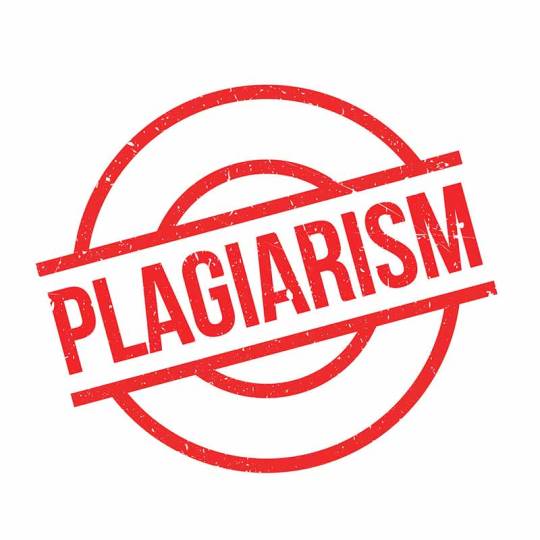Text
How to protect your logo from plagiarism
As an individual who has been through the casualty of written falsification or plagiarism knows, being appropriated can be a very be an enthusiastic encounter.
To have something that you worked on was chipped away through plagiarism and reused under another person's name and without attribution can be as equal to burglary and like a type of data fraud.
Be that as it may, shielding your work from copyright or plagiarism infringement is a significant test. PCs and the web were fundamentally made for replicating, and that implies any individual who approaches your work can duplicate it and, if they wish, plagiarize it.
That is the reason, with regards to averting copyright infringement; the initial step is frequently confining access to it.

What can help in taking care of the plagiarism?
Try not to post a project or work on the creative logo design online, except if you have the motivation to do as such. Try not to share your work outside of those you trust as well.
This incorporates not running your logo designs through an untrusted plagiarism identification service as a portion of those pipe filtered papers into exposition factory sites for the express motivation behind letting others steal them.
In any case, limiting access to your composing isn't always reasonable. Some of the time, you need or need to contact a bigger crowd, and that implies posting the work openly. With that in mind, the best thing you can do is make your composition as close to home to you as would be prudent.
Recount stories and incorporate data you or those near you would know. Make it troublesome or even incomprehensible for an alien to guarantee the work as theirs.
This might stop the plagiarism. However, it confirms that the work is yours and will probably cause a commotion if anybody tries to claim it as their own.
It's likewise insightful to incorporate a legal copyright notice with the work. Even though such notification isn't lawfully required. It avoids any perplexity about who claims the job done and whether it is ensured. Another plausibility is to give direction to others toward the finish of your work on how they can refer to it appropriately.
Past that, you can and should endeavor to follow how your work is utilized on the web. This should be possible effectively using a web search tool by taking a section from your composition and looking for it incites. If you pick an adequately new part, any hits returned ought to be duplicates of your paper.
If you wish to robotize this, you can utilize Google Alerts to send you an email when new occasions of the expression seem on the web.
If and when you identify plagiarism, it's critical to keep a collected mind and recollect that, as the writer or designer, you are the copyright holder, and you have rights at work.
How to defend your creative work from others to claim on it?
How you react will depend intensely on how the work was used. If it was used in a study hall or an expert distribution, you'd likely need to connect with either the educator or the manager and let them think about your discoveries.
If the work shows up somewhere else on the web, the halting web literary theft guide at many different sites can help you either contact the copyright infringer straightforwardly or connect with their host to get the guilty work evacuated.
Beyond that, any further activity would require discussion with a legal counselor to perceive what other lawful cures may be accessible.
At last, it is genuinely conceivable to ensure your work and both limit and react to any unoriginality that you find. The key is to consider issues before distributing work. Has an arrangement set up from the beginning as opposed to managing it in the wake of something that has just occurred?
With plagiarism, an ounce of anticipation really merits a little amount of fix.
Plagiarism is anything but another issue for designers; however, the web appears to bring more open doors for pointing fingers (or Tweets) at conceivable copycat projects and creative logos.
With even the darkest source material being dug up via web-based networking media, and legitimately protected if another bit of work develops that bears over a passing similarity, there's more weight than any time in recent memory for creatives and brands to follow the rules.
These days when news – and allegations – spread quickly, it's additionally significantly all the more humiliating and possibly notoriety harming if you are caught in doing something wrong or attempting plagiarism.
Indeed, it's irritating when something comes up that appears to have scammed you – yet take care before you start any legitimate activity. Everything comes down to the way that, while 'copyright' lies with whoever has made a specific logo, trademark enrollment appears to beats copyright.
#websitedesigncompanyinTacoma#creativelogodesign#logodesignpackages#GraphicDesignPackages#seo tacoma#TacomaSEOCompany
2 notes
·
View notes